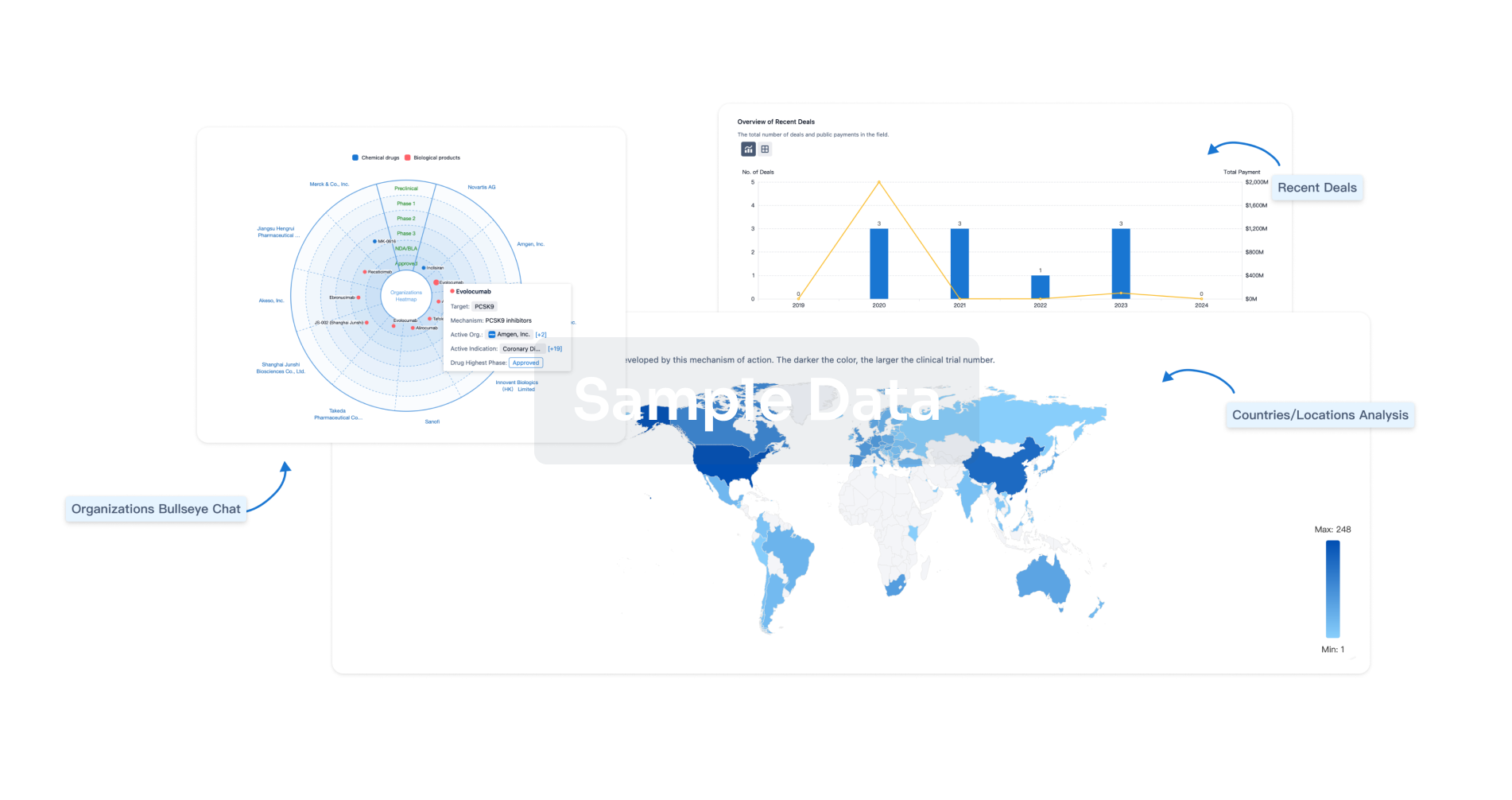Request Demo
Last update 08 May 2025
GR x SERT
Last update 08 May 2025
Related
1
Drugs associated with GR x SERTTarget |
Mechanism GR agonists [+1] |
Active Org.- |
Originator Org. |
Active Indication- |
Inactive Indication |
Drug Highest PhaseDiscontinued |
First Approval Ctry. / Loc.- |
First Approval Date20 Jan 1800 |
1
Clinical Trials associated with GR x SERTEUCTR2005-001440-23-SE
A SINGLE CENTER, BLINDED, PLACEBO-CONTROLLED, RANDOMIZED STUDY OF THE EFFECT OF CRx-139 ON POCKET DEPTH AND INFLAMMATORY CYTOKINES COMPARED TO PLACEBO IN SUBJECTS WITH SEVERE ADULT PERIODONTITIS - CRx-139-PE
Start Date22 Sep 2005 |
Sponsor / Collaborator |
100 Clinical Results associated with GR x SERT
Login to view more data
100 Translational Medicine associated with GR x SERT
Login to view more data
0 Patents (Medical) associated with GR x SERT
Login to view more data
106
Literatures (Medical) associated with GR x SERT01 Apr 2025·Behavioural Pharmacology
The effect of Psilocybe cubensis alkaloids on depressive-like behavior in mice exposed to maternal separation with respect to hippocampal gene expression and DNA methylation of Slc6a4 and Nr3c1
Article
Author: Jasemi, Eghbal ; Amiri, Shayan ; Najafi, S. Mahmoud A. ; Razmi, Ali ; Vaseghi, Salar
01 Mar 2025·Biological Psychiatry Global Open Science
Peripheral DNA Methylation of Cortisol- and Serotonin-Related Genes Predicts Hippocampal Volume in a Pediatric Population
Article
Author: Harker, Samantha A ; Lewis, Candace R ; Deoni, Sean C L ; Burton, Phoebe ; Spencer, Sophia ; Koinis-Mitchell, Daphne ; Hanson, Taena ; Braden, B Blair ; Beauchemin, Jennifer ; Mennenga, Sarah E ; D'Sa, Viren ; Barry, Fatoumata
01 Mar 2025·Journal of Neurophysiology
On the role of epigenetic modifications of HPA axis in posttraumatic stress disorder and resilience
Review
Author: Iqbal, Emann ; Khan, Zainab ; Zaidi, Mukarram ; Yusuf, Kamran ; Syed, Naweed I. ; Tanweer, Mohammad S. ; Hassan, Hadi ; Messiri, Nour El ; Sadia, Syeda R. ; Taj, Moizzuddin ; Zaidi, Umar
Analysis
Perform a panoramic analysis of this field.
login
or

AI Agents Built for Biopharma Breakthroughs
Accelerate discovery. Empower decisions. Transform outcomes.
Get started for free today!
Accelerate Strategic R&D decision making with Synapse, PatSnap’s AI-powered Connected Innovation Intelligence Platform Built for Life Sciences Professionals.
Start your data trial now!
Synapse data is also accessible to external entities via APIs or data packages. Empower better decisions with the latest in pharmaceutical intelligence.
Bio
Bio Sequences Search & Analysis
Sign up for free
Chemical
Chemical Structures Search & Analysis
Sign up for free
